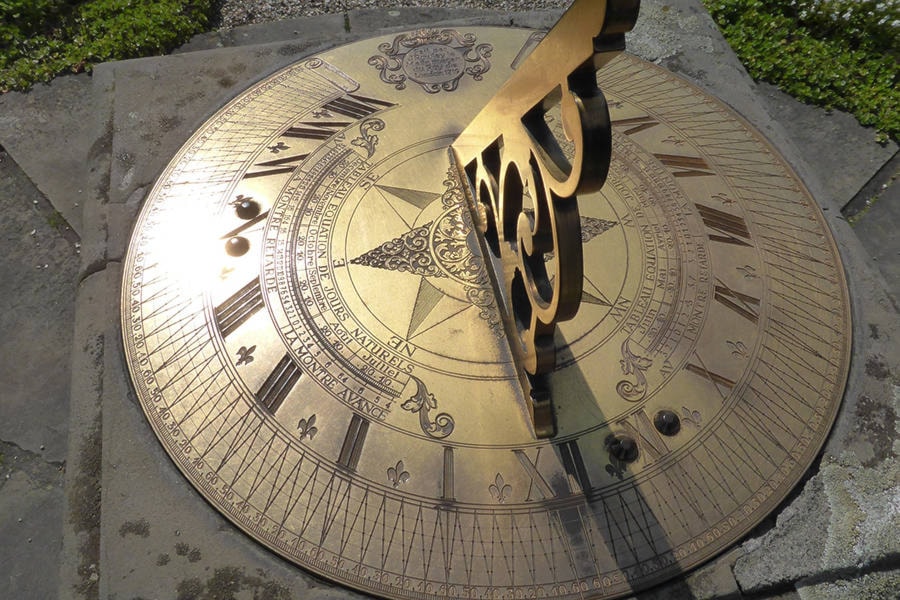The days are about to start getting shorter following the Summer Solstice and the longest day of the summer on Tuesday, June 20.
To mark the event, a gathering will take place at the ‘Pen Henge’ standing stone array on Munson Mountain in Penticton that evening.
The public gathering is being organized by the Penticton meeting group of the Okanagan Centre of the Royal Astronomical Society of Canada.
Participants will gather at Munson Mountain at around 8:15 p.m. in anticipation of watching the shadow cast by the sun over the summer solstice stone extend gradually toward the central heel stone.
As determined from previous careful readings at Pen Henge, the local sunset will take place at precisely 8:50.2 p.m. that evening.
The actual time of the solstice this year will occur 34 minutes later at 9:24 p.m., and for those who would like to remain at the site, the moment will be marked by the ringing of Chris Purton’s Turkish cow bell.
The Pen Henge standing stone array is a project which was spearheaded by Purton, who is a retired radio astronomer at the Dominion Radio Astrophysical Observatory at White Lake.
The installation, which is located at the top of Munson Mountain above the large Penticton sign on the east side of Okanagan Lake, consists of four stones that delineate the sunset points on the four cardinal dates of the year. Anchored by the Heel Stone, the Equinox Stone points to the Sun’s sunset point at both the Spring and Fall Equinoxes, while the other two stones mark the Winter and Summer Solstice setting points respectively.
Purton said though the time of sunset remains the same, the moment of solstice comes roughly six hours later each year, in concert with a leap-day every four years. In 2021, the time of solstice will once again be close to the time of sunset here, but with the difference that it will be 18 minutes before sunset, not 34 minutes after as it will be this year, because the precise length of the year is close to 365.2425 days instead of the 365.25 days that are customarily used.
